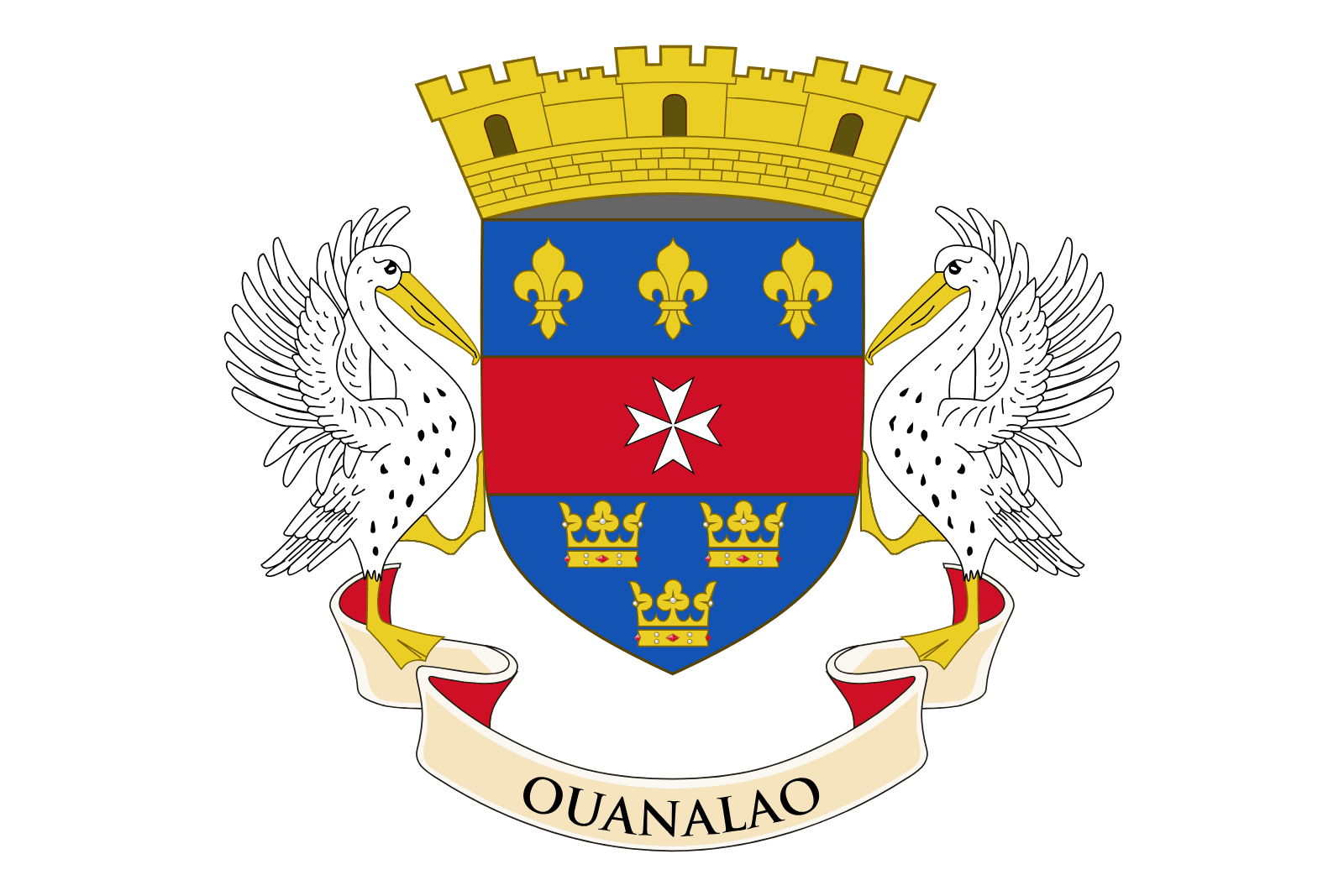Local Cuisine of St. Barthélemy
St. Barthélemy has a distinct blend of French and Creole influences in its cuisine. The local food scene is a delightful fusion of flavors, featuring fresh seafood, French culinary techniques, and Caribbean ingredients. Here are some highlights of the cuisine and dining customs in St. Barts:
1. Seafood
- Langouste (Caribbean Spiny Lobster): A delicacy on the island, often grilled and served with garlic butter or in a decadent lobster bisque. Unlike the cold-water lobster, spiny lobster has no claws, and the meat is found mainly in the tail.
- Vivaneau (Red Snapper): A popular fish on the island, typically served grilled or pan-fried. It’s often accompanied by Creole sauces, which are rich in tomatoes, peppers, and spices.
- Lambi (Conch): This large sea snail is often served in salads, stews, or fritters. Lambi is prized for its slightly chewy texture and sweet, delicate flavor.
2. Creole Dishes
- Accras de Morue: These deep-fried codfish fritters are crispy on the outside and soft on the inside, usually served with a tangy Creole sauce or aioli.
- Colombo: A signature dish in French Caribbean cuisine, Colombo is a curry-like stew made with a mix of spices such as turmeric, coriander, and cumin. It’s often prepared with chicken, pork, or seafood and served with rice and plantains.
- Boudin Creole: A type of blood sausage flavored with local spices, this dish is a staple in St. Barts, especially around holiday seasons.
3. French Influences
- Foie Gras: This French delicacy is often served as a luxurious appetizer, sometimes paired with local fruits like mango or passionfruit to add a tropical twist.
- Coq au Vin: A classic French dish of chicken braised with red wine, mushrooms, and onions, it is often featured on menus with a local Caribbean twist, such as the use of local rum instead of wine.
- Baguettes and Pastries: St. Barts’ bakeries are known for their freshly baked baguettes, croissants, and a variety of pastries, bringing a taste of France to the Caribbean.
4. Desserts and Sweets
- Tarte au Citron (Lemon Tart): A tangy, sweet dessert that is a popular choice on the island, often made with locally grown lemons.
- Flan Coco: A Caribbean take on the classic flan, this dessert is made with coconut milk, giving it a rich, tropical flavor.
- Pain Perdu: A French version of what many might know as “French toast,” often served with caramelized bananas and a drizzle of local honey.
Dining Customs in St. Barts
1. Meal Times
- Breakfast: Typically a lighter meal, consisting of pastries, fruit, and coffee. Locals often enjoy breakfast at one of the island’s many patisseries.
- Lunch: The most important meal of the day, often enjoyed slowly and socially. Many restaurants offer a prix fixe (fixed price) lunch menu, which includes several courses at a set price. It’s common to see a mix of locals and tourists indulging in leisurely lunches that can last a couple of hours.
- Dinner: Dinner in St. Barts is usually a more formal event, starting later in the evening, around 7:30 or 8:00 PM. Fine dining is a major part of the culture, with an emphasis on fresh, high-quality ingredients and exceptional service.
2. Dress Code
- Chic Casual: The island has a laid-back yet elegant vibe. For lunch, beachwear with a cover-up is usually acceptable, especially at beachfront restaurants. However, dinner tends to be a more formal affair, with men wearing collared shirts and women opting for stylish dresses or resort wear. Some high-end restaurants may require more formal attire, so it’s good to check ahead.
3. Reservations
- High Season: During the peak tourist season (November to April), restaurants can get very busy, so it’s advisable to make reservations well in advance, especially for popular spots. Many establishments also offer the option to reserve online.
- Private Dining: For those seeking a more exclusive experience, some restaurants offer private dining rooms or beachside tables that require advance booking.
4. Tipping Etiquette
- Service Included: In many French-owned establishments, a service charge (usually around 15%) is included in the bill. However, it’s customary to leave an additional tip of 5-10% if the service was particularly good.
- Cash Tips: While credit cards are widely accepted, tips are often preferred in cash, as it goes directly to the staff.
5. Dining Experiences
- Beachside Dining: Many restaurants in St. Barts are situated right on the beach, offering stunning views of the ocean. It’s common to dine with your toes in the sand, especially at lunch or during a sunset dinner. These venues often serve a mix of local and international cuisine, with an emphasis on fresh seafood.
- Gustavia’s Culinary Scene: The capital, Gustavia, is home to some of the island’s best dining establishments, from casual bistros to Michelin-starred restaurants. The harbor area is particularly popular, offering a picturesque backdrop for an evening meal.
- Rum and Cocktails: St. Barts is known for its rum, and many restaurants and bars offer a wide selection of locally crafted rum-based cocktails. A popular choice is the Ti’ Punch, a simple yet potent mix of rum, lime, and sugar cane syrup.
St. Barts’ cuisine and dining customs reflect its unique blend of French elegance and Caribbean warmth, making every meal an experience to savor. Whether enjoying a casual beachside lunch or a gourmet dinner under the stars, the island offers something for every palate.







